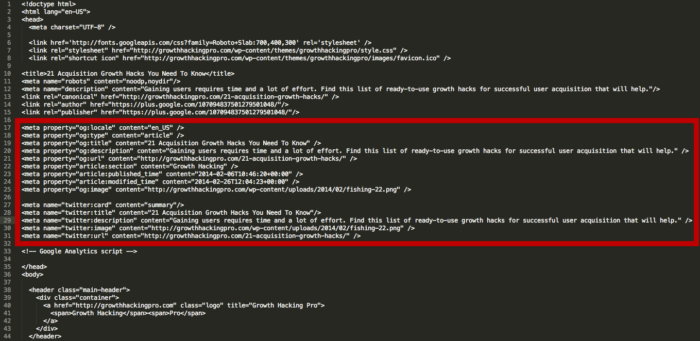How To Start a Business: A Step-By-Step Guide To Business Startup
Skilled hands are hunting for fortune in startups but have no idea how to build a successful business. A lot of skilled people with their life savings are attempting to succeed but only 10 out of 100 manage to...

Skilled hands are hunting for fortune in startups but have no idea how to build a successful business. A lot of skilled people with their life savings are attempting to succeed but only 10 out of 100 manage to survive. How to become among that 10% is the main challenge that we will try to tackle in this article.
Whether it is big or small, every business involves risk which is much higher than doing a typical job. If you’ve never done it before, choosing to start a small business seems intimidating. Fortunately, we have figured out some productive tips and mentioned them below for your assistance.
Tips for Pre-planning
Before starting a business, be absolutely sure about the research work, but keep in mind that things will almost certainly go wrong. To run a successful business, you must be adaptable to changing circumstances.An important part of establishing a business plan is conducting detailed market research on your sector and the demographics of your target market. This method includes surveys, public data research, and search engine optimization.Establish your brand before starting selling your services or products. Build a fan base of people who show genuine interest in whatever you produce.Now we are going to focus on some startup ideas for beginners that are well-tested for their success rate.
Guide to Run a Successful Business Startup
1. Evaluate and Validate Your Idea for Business
Finding a company idea can be done in a systematic manner by using tried-and-true methods that have performed well for other founders. For the best evaluation, you should:-
Capitalize on trendsFigure out your interestsMarket research on existing productsThe next step is business innovative startup ideas validation. Validating your business may appear complicated, but it’s really simply a question of seeing if consumers are prepared to put money in your product before making a substantial investment. It’s something you should do before making a bigger step.
2. Create a Feasible Business Plan
Once the idea of business is demystified, find the answers to a few questions:
What is the goal of your company?How are the initial costs going to be covered?Who is your targeted customer?What are the long-term business objectives?A feasibly-created business strategy can answer all these questions. Creating a business plan can help you validate and formalize your idea, as well as speed up the process of starting a business by forcing you to sit and brainstorm things carefully.
New businesses make several mistakes because they remain in a hurry to deploy things without considering these aspects of the business. Figure out your targeted market first of all.
3. Get Familiar With Business Finances
Any firm’s common purpose is to produce money, hence money flow is an important aspect of operating a company. In order to begin, you’ll need to learn the fundamentals, which you can build on as you progress.
There are many businesses that may be started for very little money, however others will demand funds for physical space, inventory stock or equipment. Before you invest a penny, get a clear picture of your overall investment. This can assist you with making key estimates, such as when you’ll break even. It is advisable to:-
Conduct break-even analysisFigure out the funding optionsEvaluate the expensesChoose the right financing institution4. Meet Legal Obligations
Legal obligations involve multiple factors. The first one is giving it a legal business structure. You have to specify whether the business is a:-
Sole proprietorshipPartnershipCorporationLLC (Limited Liability Company)The second important thing to consider is registering your business with the IRS and government. Some of the basic formalities required in this process are:-
Employer identification numberIncome tax formsDoing business asState, local and federal permits/licenses5. Business Structure and Product Finalizing
You’ve done your homework and figured out the numbers; now it’s time to delve into the service or product you want to sell. When it comes to creating a product for a product-driven company, there are three options:-
a) Making your own unique product: Developing your unique product to offer can help you outshine in the market, whether you’re manufacturing products by hand or acquiring an original piece from a factory.
b) Changing the appearance of a pre-existing product: You may add your original design concepts to the existing popular things and more using print on demand options.
c) Curating a product selection: Dropshipping method is meant for stocking stores without having to create new products, allowing you to sell practically immediately without having to manage inventory.
6. Setup the Digital Infrastructure
When we talk about digital infrastructure, it covers both marketing and automation aspects. Choosing software applications that assist you automate or simplify the tasks you need to perform is one of the finest ways to decrease the manual labor required for business and to set you up to succeed.
When you choose the correct software systems, you can expect them to run smoothly with minimum ongoing maintenance. Consider purchasing software to assist you in managing the following:
AccountingEmail marketingEcommerce storeAdsProject managementIt isn’t easy to begin a business, but it doesn’t have to be difficult. These methods can help you make your business startup ideas a reality. Whether you want to produce a product to solve a problem or build a lucrative company to be self-employed, the above steps are highly productive in all cases.

 ValVades
ValVades 


























![Are You Still Optimizing for Rankings? AI Search May Not Care. [Webinar] via @sejournal, @hethr_campbell](https://www.searchenginejournal.com/wp-content/uploads/2025/06/1-1-307.png)




